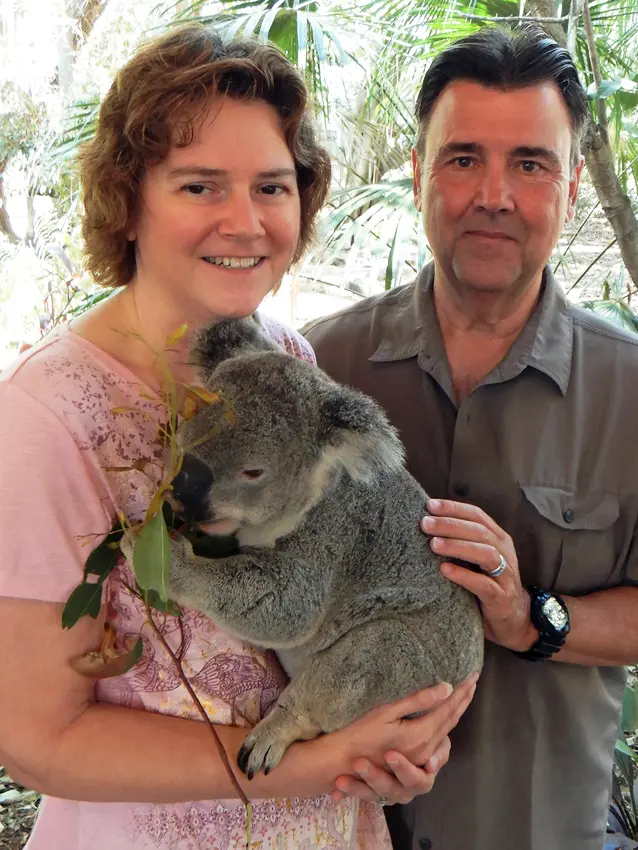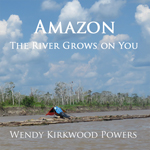Last Updated on March 20, 2023 by PowersToTravel
The day was Thanksgiving, November 23rd, and we stopped first at a temple, a more modern temple than the historic temples we visited yesterday at Sukhothai and the day before at Ayutthaya. “Modern” in this case means dating from the late 1800’s. Bom seemed very excited to be showing us “his” Northern Thailand, Lanna kingdom specialties. Bangkok was Bangkok, but Northern Thailand is a place beyond compare, at least to Bom. His enthusiasm was infectious.
He taught us about the inter-relationships of the Burmese (Myanmar) people and those of Northern Thailand. Over the course of centuries the border between the country moved with the ebb and flow of the power of the various kings. The border itself was not important, the land was not important. The people were important, according to Bom. The winner of any struggle took the workers and craftsmen and imported them into the winning kingdom to build temples and palaces. Over the course of time, villages and towns appeared and disappeared as the people were enslaved and later returned.
This relationship of the two countries, and the size of the highly skilled craftsmen population meant that the art and architecture mingled at bit as well.
Wat Sri Chum
Wat Sri Chum was built in the late 1800s by a rich Burmese teak trader who lived in the area. Bom explained that we would see how much Lampang resembled Myanmar artistically. He explained that while we couldn’t recognize it now, since everything we were seeing was all so new to us, when we visited Myanmar we would realize.
Actually, by the time we arrived in Myanmar, we had seen so many different sights in Northern Thailand, that we didn’t actually notice the parallels in art and architecture – all of what we saw began to blur into one large colorful swirl.
However, in writing this article today and studying the pictures we took, I am awestruck by the “Myanmar stamp” on the Lampang temples. I thought to myself, “They’re just like Myanmar!” I investigated a little and found that there was a good reason: The two temples we saw in Lampang were constructed by local rich Burmese Teak merchants in the late 1800s and early 1900s. The Burmese Teak merchants wanted a little bit of home in Thailand and of course the temple was the place for artistic excess!
Wat Sri Chum, like many of the currently active temples, was composed of many structures. Pointy chedis, tall temples with Buddha images, gongs to bang, bells to ring. The tall wooden temple structure with many roofs is said to be Burmese while the golden dome-like chedi is said to be Thai Lanna-style. Like children at a party, we didn’t take notes, instead we rang the gong for good luck.
A horse carriage took us from Wat Sri Chum to our next destination.
The woman carriage driver weaved in and out of traffic in the busy town and I was disappointed when the trip was over.
Wat Pong Sanuk Tai
We had arrived at Wat Pong Sanuk Tai.
This of course is Bom.
Wat Pong Sanuk Tai received the UNESCO Award of Merit for the conservation of the temple just a few years ago. This temple too, explained Bom, is a Burmese style temple. We strolled and took so many pictures of the many structures.
This morning I viewed our pictures of the flat-roofed temple with the strings in the ceiling leading to Buddha, with the shiny mirrors and disco-lights, the painted murals and red painted backgrounds. This, I thought to myself, is Myanmar. So, if you can’t make it to Myanmar, you can get a taste of the architecture in Lampang.
Related Links
Check out this article of mine too:
Thailand Travel Blog – Itinerary, Impressions and Diabetic Travel Tips



















